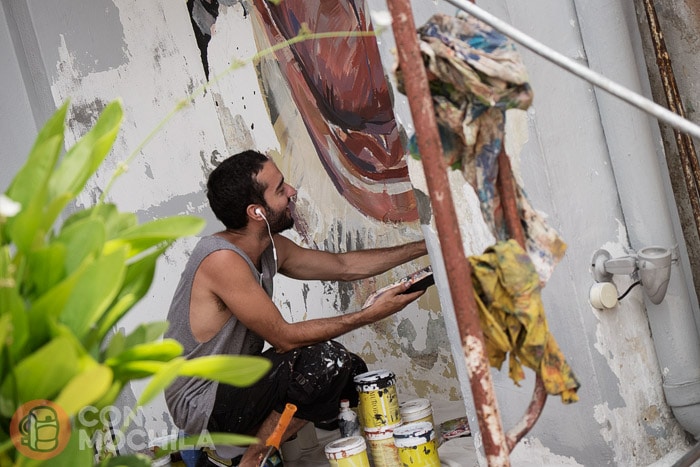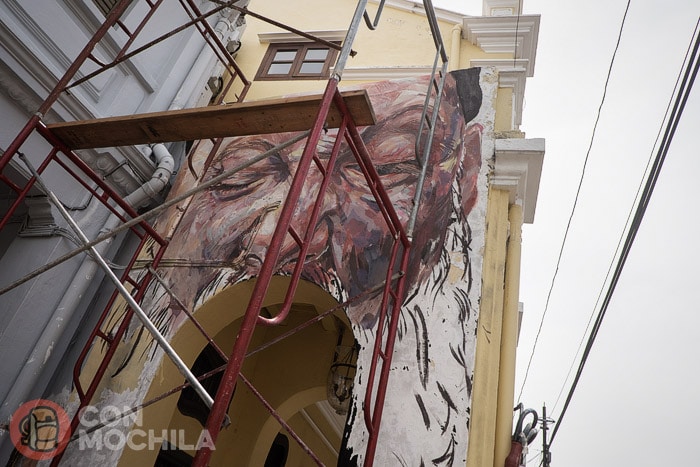Street art is a controversial subject. In many places around the world, the works of artists who express their artistic talents on city walls, often carrying a social critique, are considered vandalism. And painting them is the cause of numerous complaints. (Suddenly I remember Ska-p and their Vandal, they make you call a vandal, social danger, insurgent rebel vandal!!)
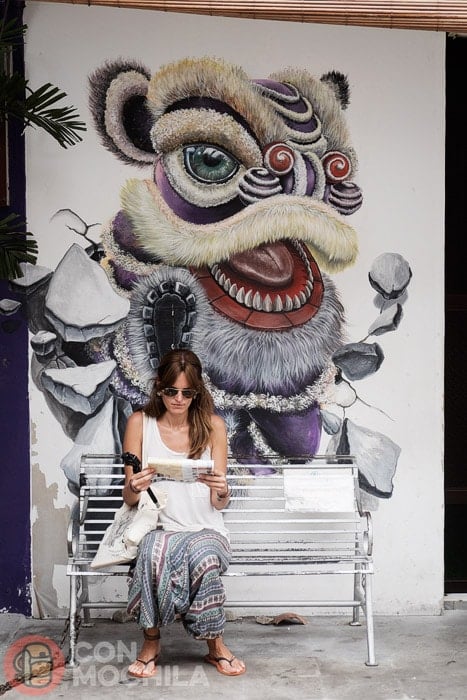
However, in some places like Georgetown, not only did they decide some time ago not to penalize the creativity of those who express themselves through spray or brushes, but graffiti has also become a sign of identity, becoming so popular that city maps mark the most representative paintings.
It all started when, following Georgetown’s declaration as a World Heritage Site, the Penang Island Municipal Council launched a project aimed at decorating the streets and celebrating the new status.
Tang Mun Kian, the first artist commissioned to adorn the historic center, tells anecdotes through drawings and text made of wrought iron—stories that reference the history and street names—in a work called ‘Making George Town’. Since then, almost every street has one of these caricatures which you can stumble upon on every corner.
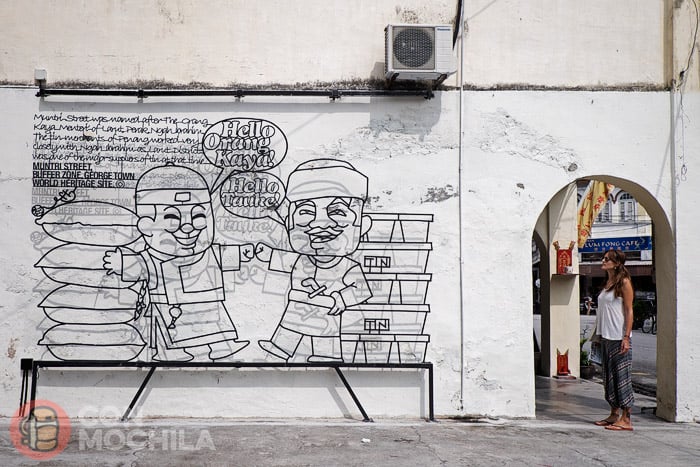
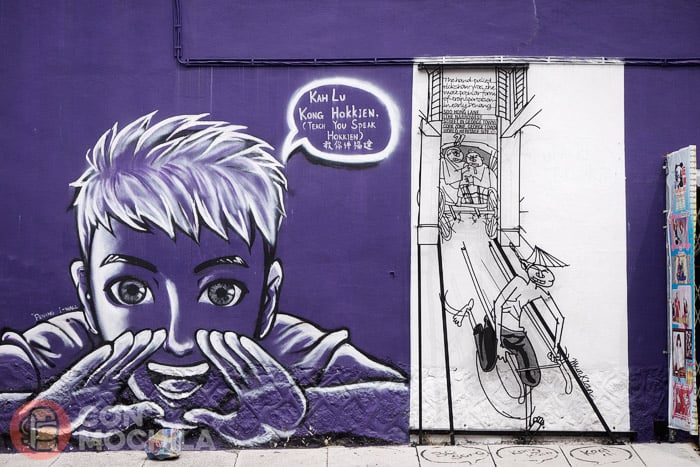
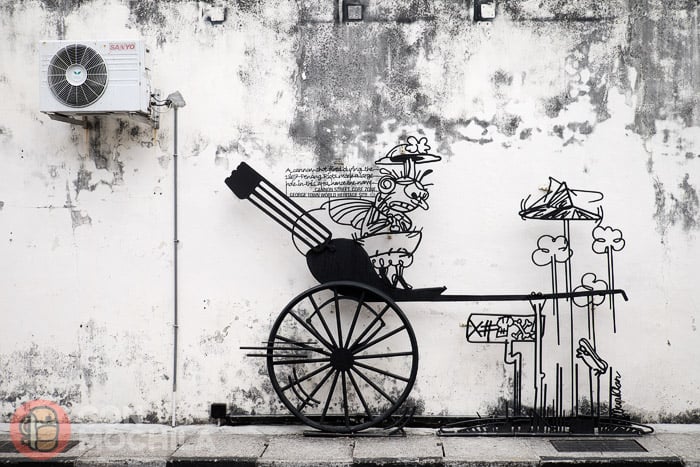
Among the artists who have brought colour to the city is Ernest Zacharevic, a Lithuanian whose commissioned murals during the Georgetown festival in 2012 are known as “Mirrors of George Town”.
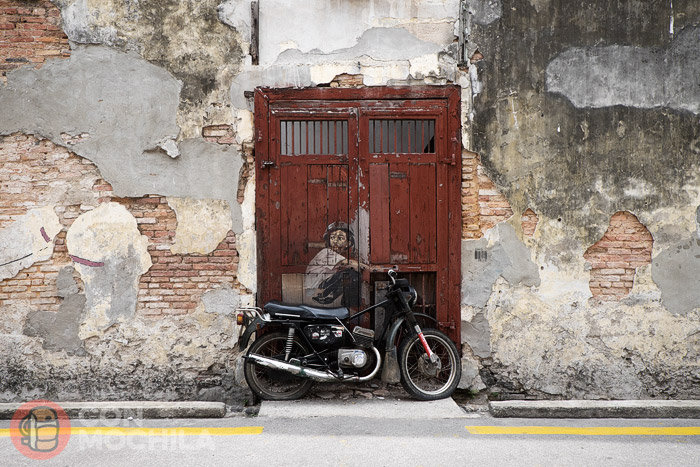
“Little girl in blue” where a girl is held in the air by a pair of windows, or “Boy on a bike”, are two of his best known works.
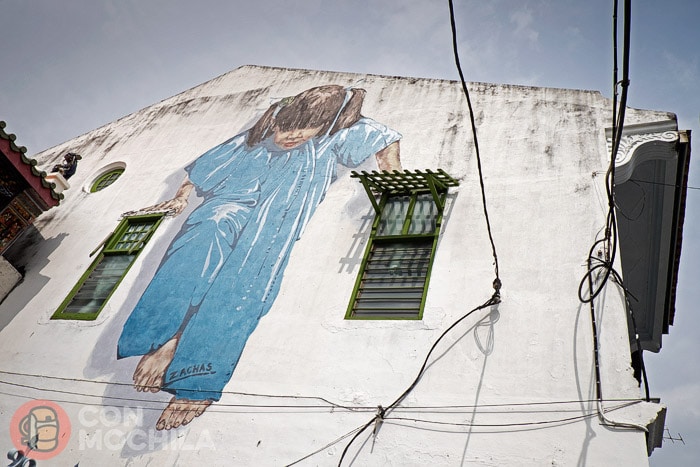
Although after the success of Ernest’s murals, several have dared to compete with him and leave their mark on the city.
The motifs of the artworks are very diverse, and the originality of many of them lies in the way they combine with real, everyday elements found on any street—like bicycles, benches, motorbikes, swings, or basketball hoops…The only limit is the imagination of the creator.
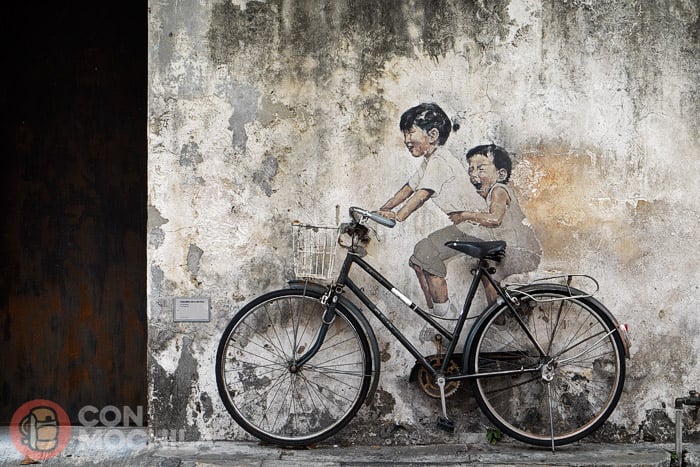
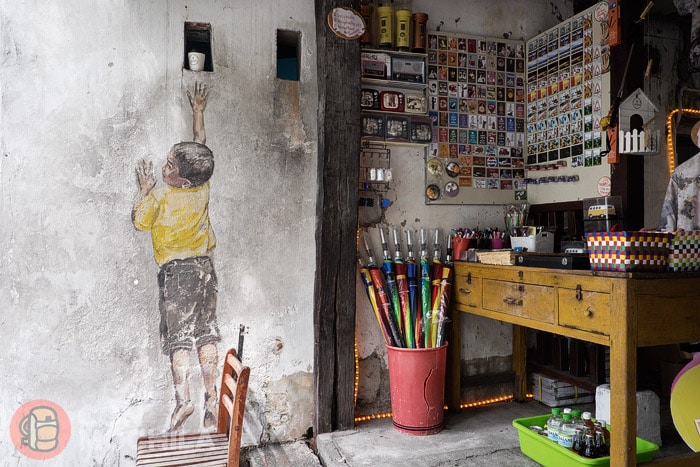
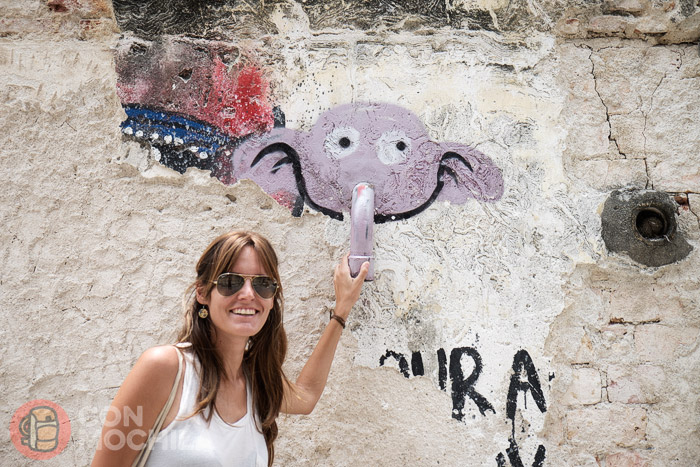
A walk through the streets of Georgetown can be both enriching and very entertaining, and one can spend several hours looking for these murals, which can be so large that they take up an entire facade, or so small that they are difficult to find.
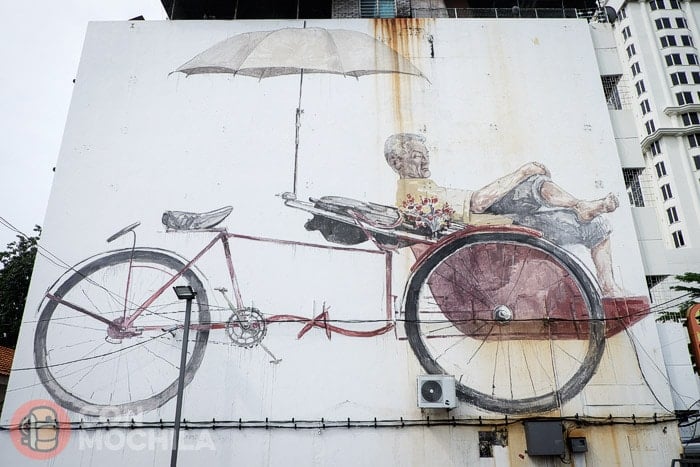
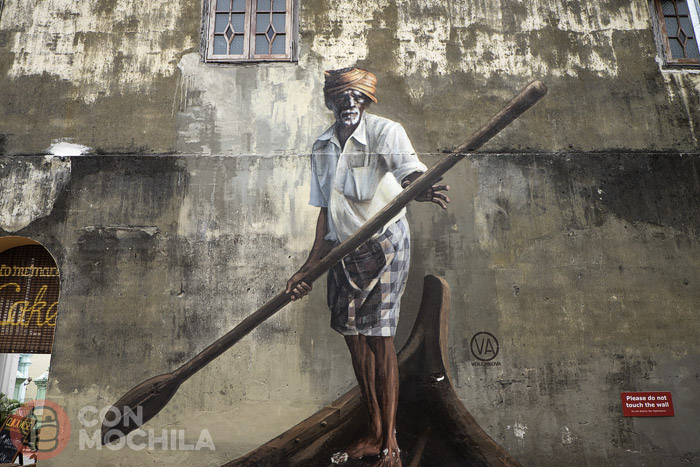
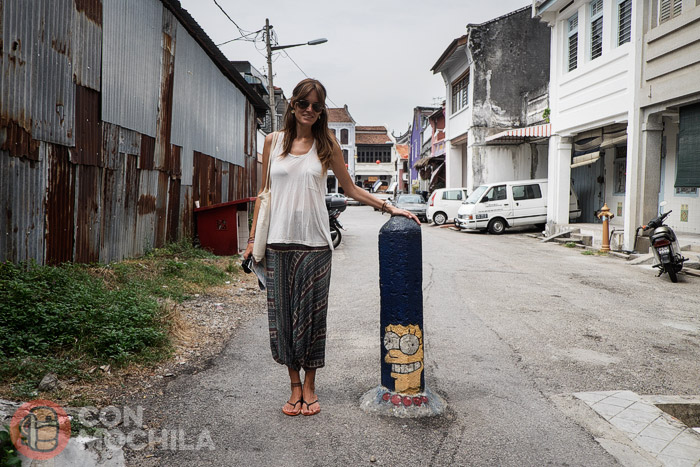
The protagonists are often children having a good time playing, like the famous one of the two children riding on a swing, which you can be a part of by sitting next to them. Has anyone been to Georgetown and not sat there? Yes, Toni…
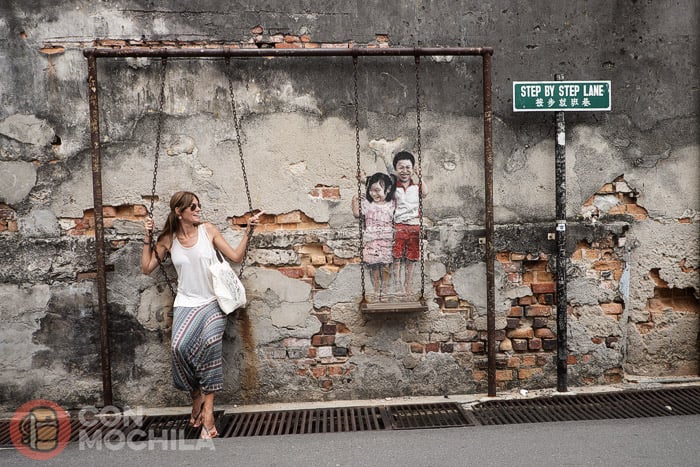
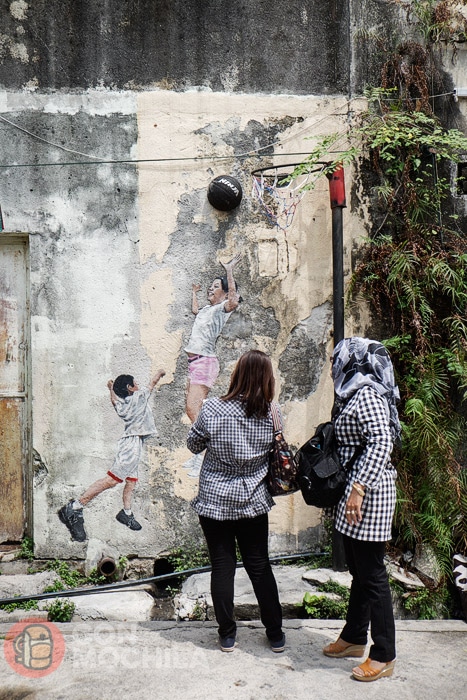
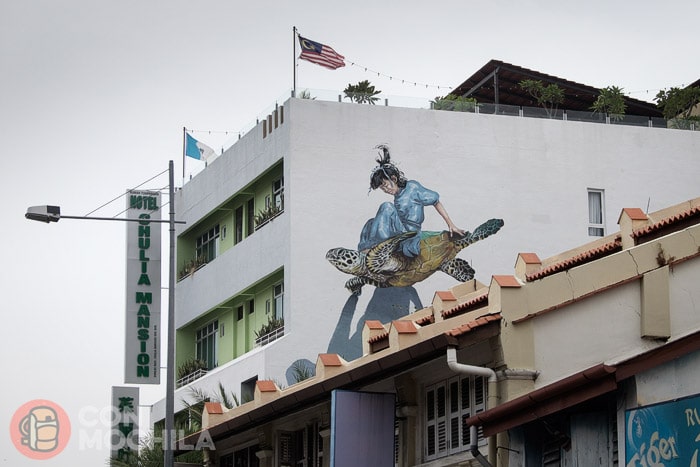
But without a doubt, my favourites are the ones featuring cats, the one and only true kings of Malaysia. They say that these “101 lost kittens” painted by Thai artist Natthapon Muangkliang and Malaysians Louise Low and Tang Yeok Khang were made in order raise social awareness regarding the welfare of stray cats. However, after two months of seeing how well Malaysians take care of their cats, I wonder if perhaps the message was intended for the rest of the world…
Here are all the kitties we were able to find.
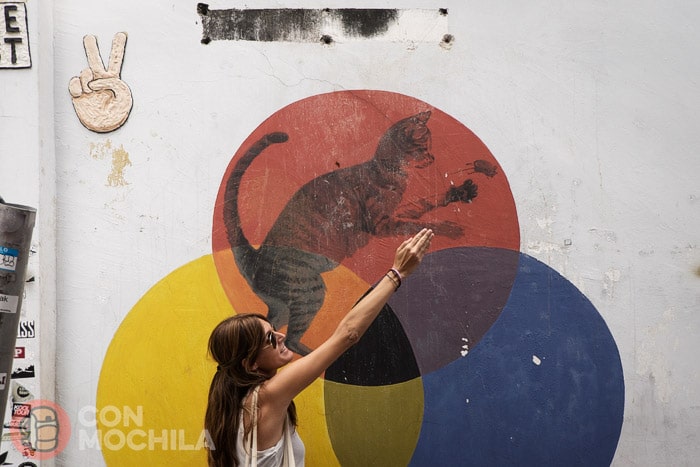
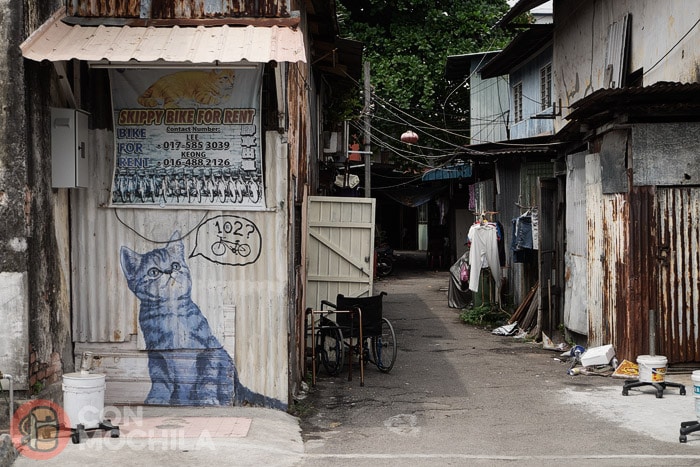
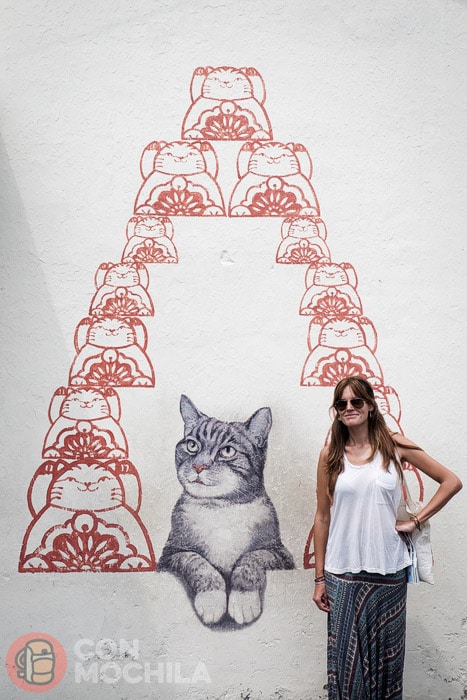
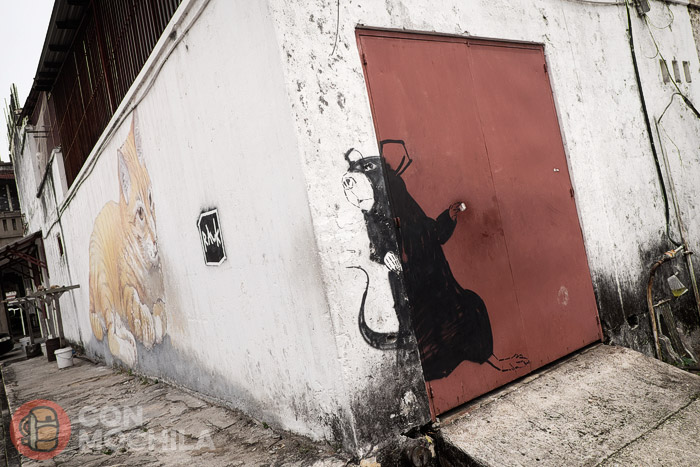
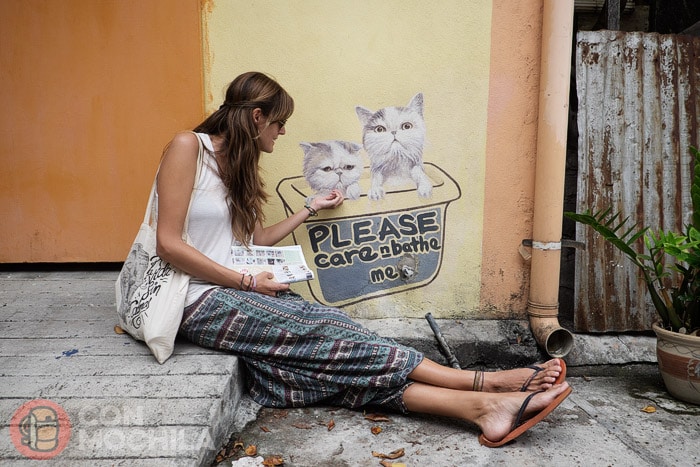
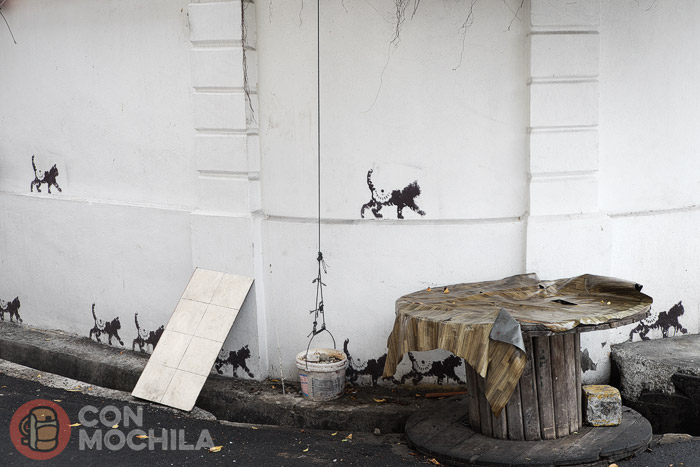
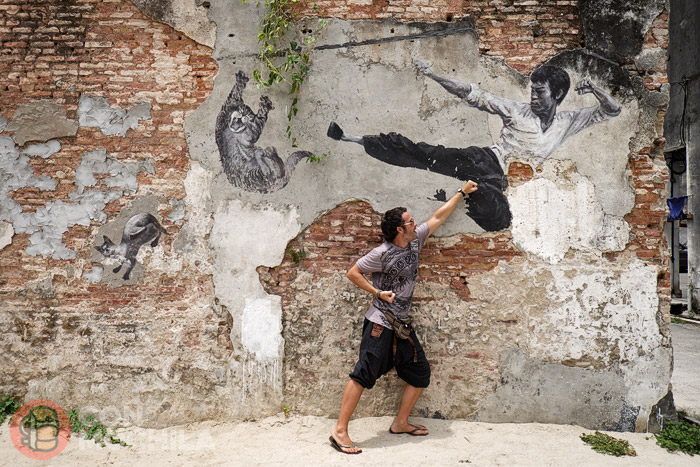
The final thing I would like to say is that you should take a trip to Malaysia, visit Georgetown, and maybe you will get lucky and find an artist in the middle of painting… 😉
